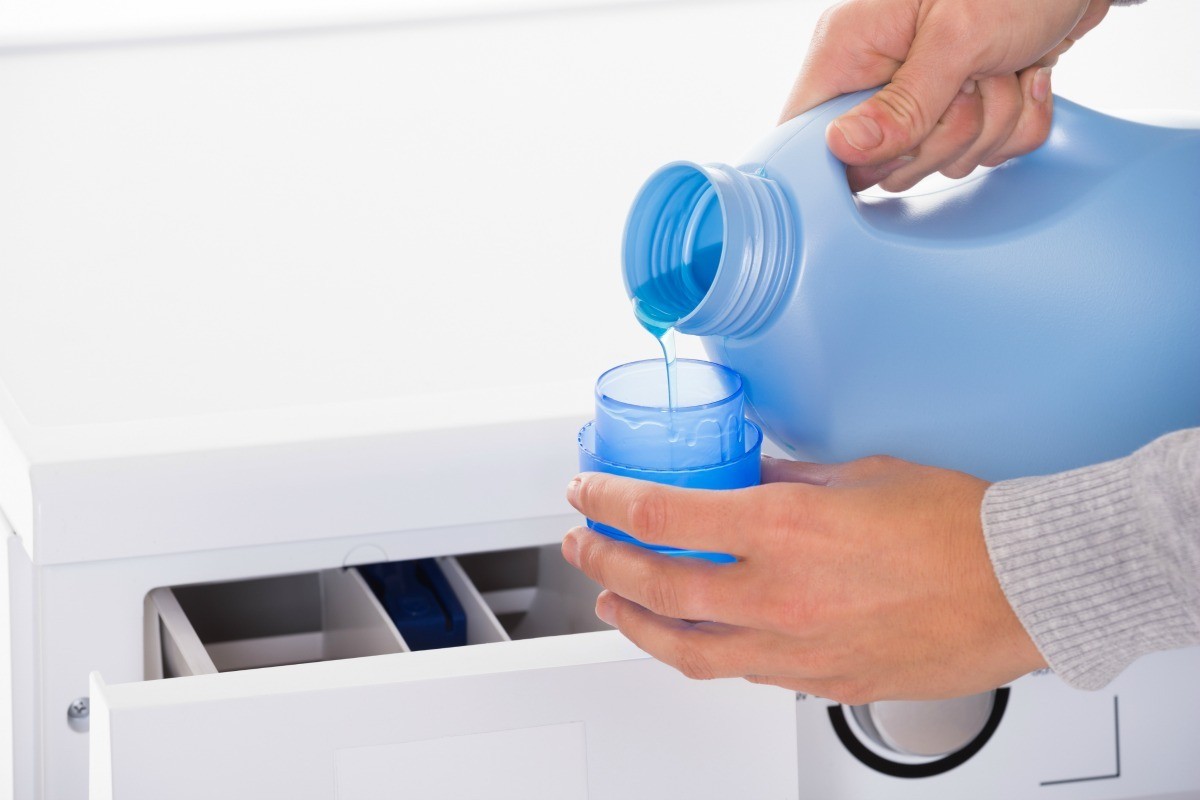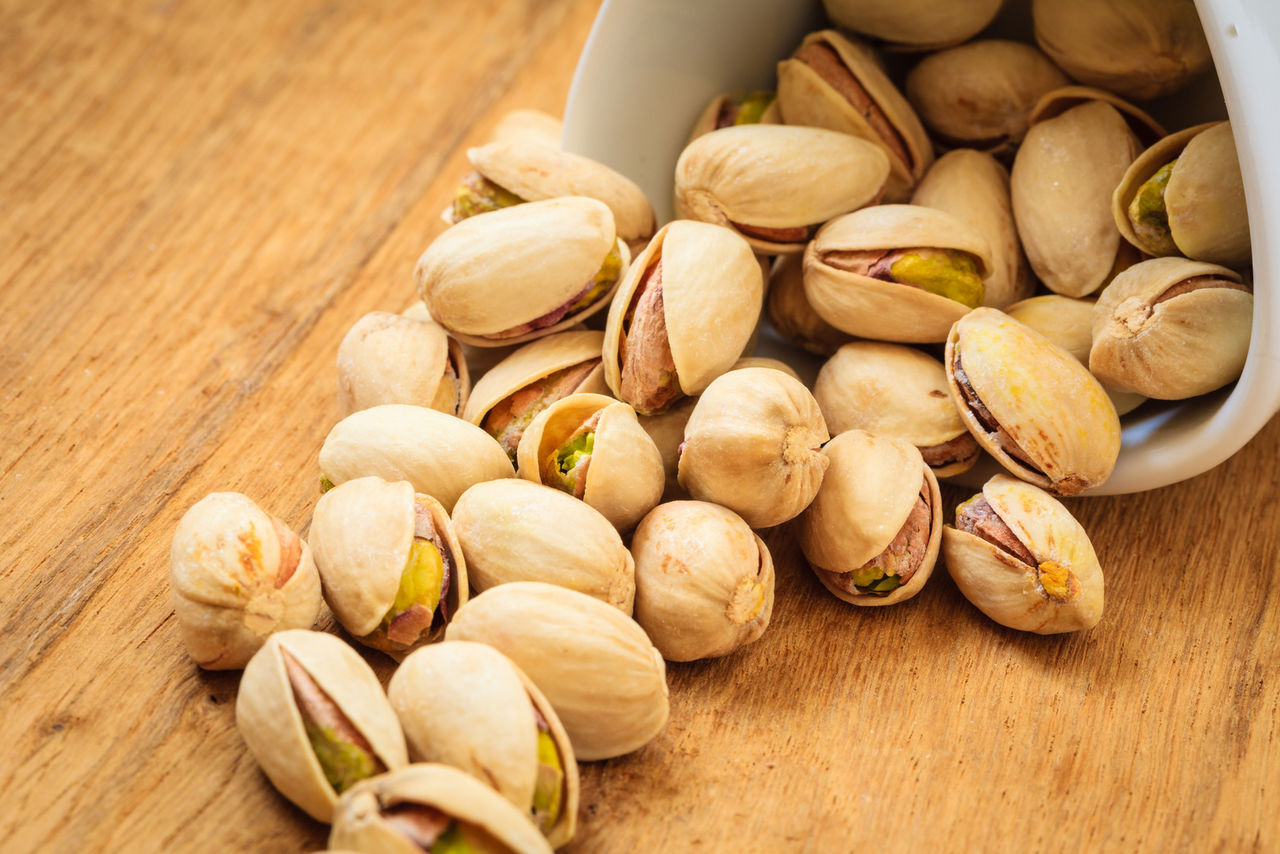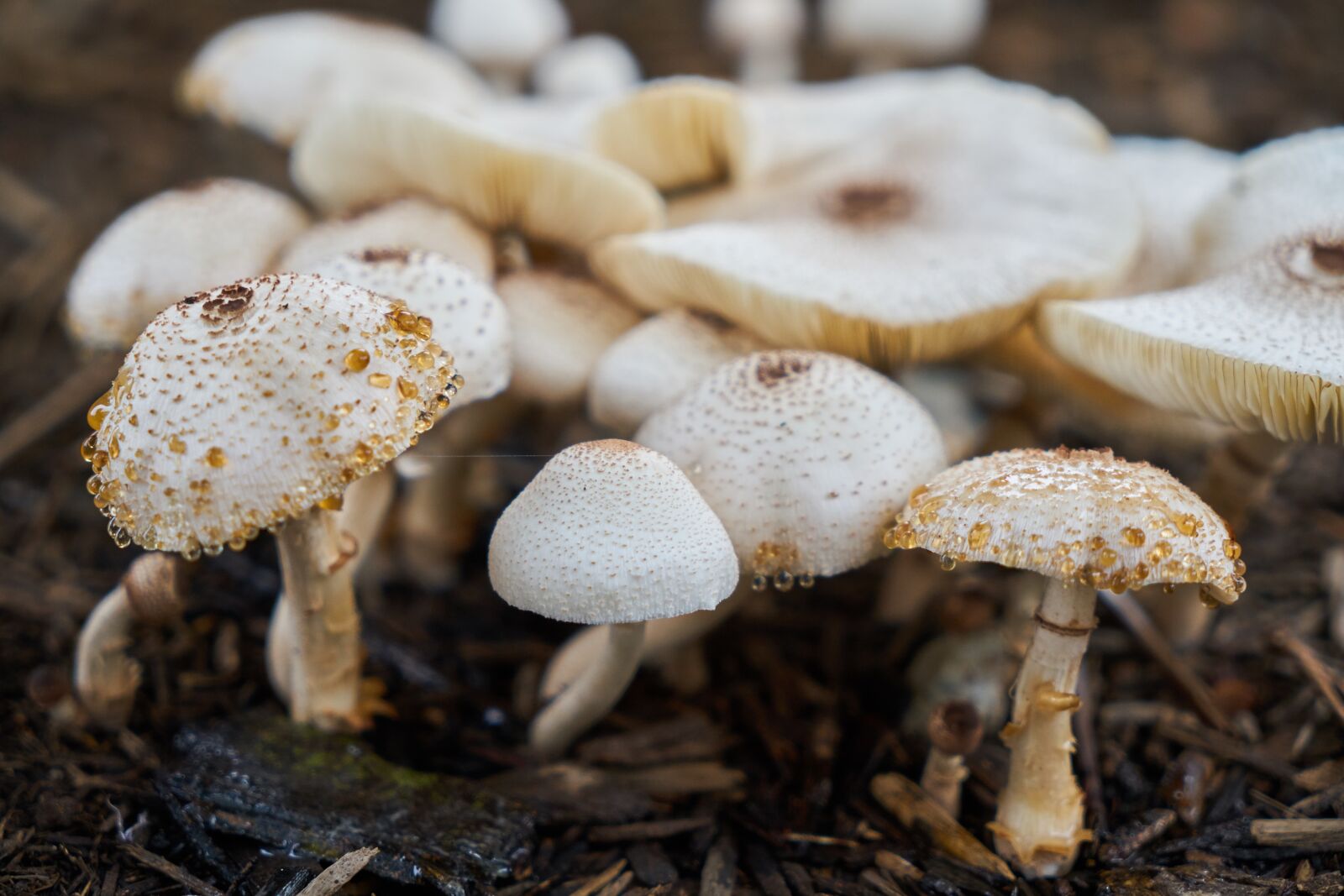Most of the detergents and deodorants used daily are toxic to the body.
While working with detergents, vapors, odors and particles are spread in the environment and air of the house.
Then these substances enter the body through the skin, respiratory tract and sometimes through the mouth and cause problems for the body.
In this article, the introduction and effects of detergents, the structure, properties and characteristics of detergents, the types of detergents (anionic, cationic, non-ionic, amphoteric detergents), the types of forms, the importance and application of detergents, the introduction of several dangerous detergents, the effects All kinds of detergents are used on the lungs and respiratory system.
What are detergents?
Power liquid detergent is artificial cleaning compounds of surfactants that have cleaning properties in dilute solutions. These substances include soaps, deodorants, bleaches, softeners, scale removers, etc.
The structure of detergents: Detergents are a group of compounds with an amphiphilic structure, where each molecule has a hydrophilic (polar) part and a hydrophobic (non-polar) part.
The hydrophobic part of these materials may be straight or branched chain hydrocarbons or may have a steroid structure. The structure of the hydrophilic part is more diverse.
The hydrophilic part can be ionic or non-ionic and vary from a simple or relatively complex structure.

All kinds of detergents for different applications
Properties and characteristics of detergents: The properties of detergents depend on the molecular structure of their monomers.
Surfactant detergents reduce the surface tension of water. Having a dual hydrophilic and hydrophobic nature makes it easy to wash away oil, fat, protein or dirty particles with water.
Since air is not hydrophilic, detergents are also foaming to varying degrees.
Also, detergents work better in alkaline pH.
Types and effects of detergents: Detergents are classified into four large groups of anionic detergents, cationic detergents, non-ionic detergents and amphoteric detergents, depending on the electrical charge of the surfactants.
Anionic detergents: Anionic detergents are the most common type of detergents in the world.
These detergents are made from alkyl benzene sulfonates. The alkylbenzene part of these anions is lipophilic (hydrophobic) and their sulfonate is hydrophilic.
These types of detergents have branched alkyl groups and linear alkyl groups.
The first group is not used in economically advanced societies; Because they are not degradable and harm the environment.
Types of anionic detergents include branched sodium dodecylbenzene sulfonate, linear sodium dodecylbenzene sulfonate, and soap.
These detergents are mostly used for household laundry detergents.




